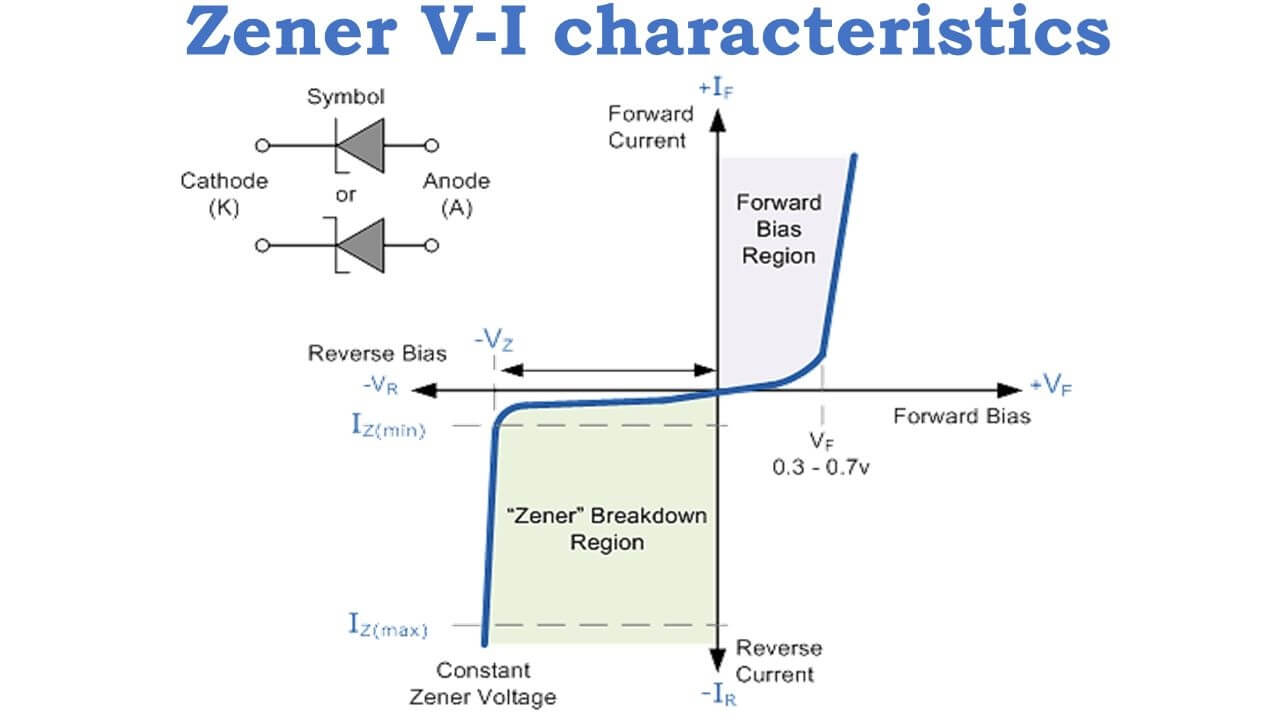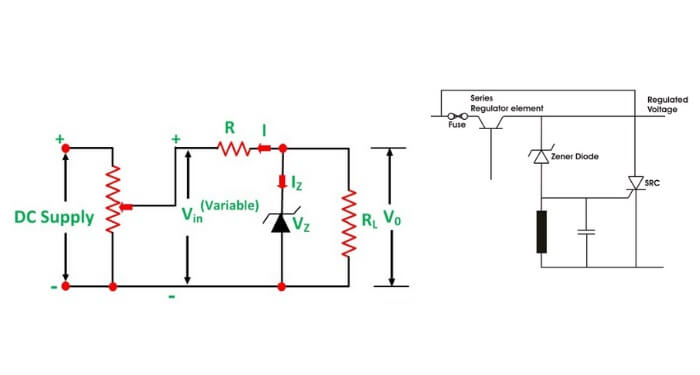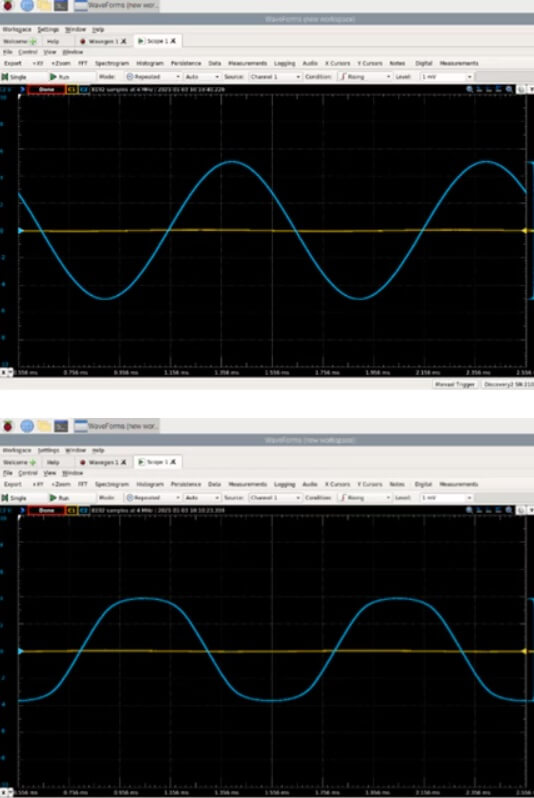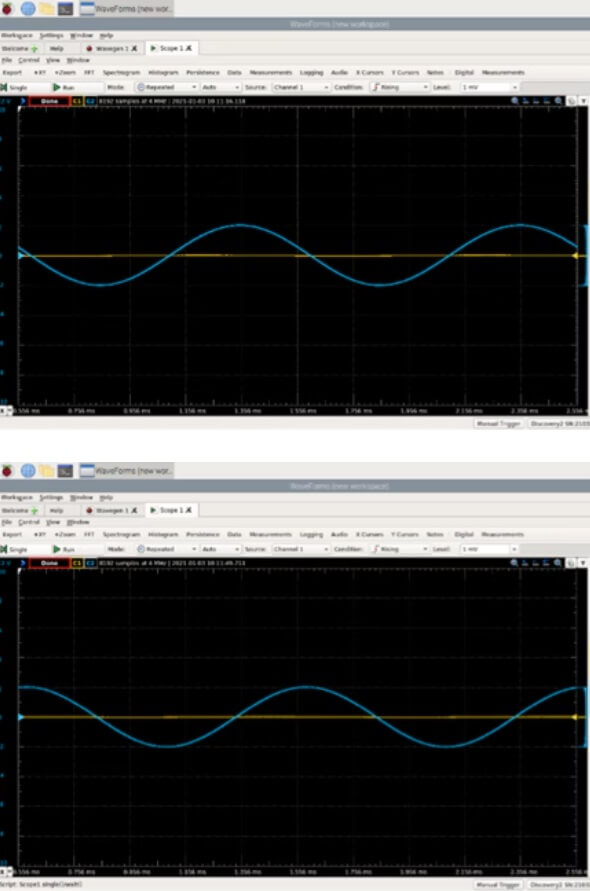Function and Application of Zener Diodes
Zener diodes is discovered by Dr. Clarence Melvin Zener, a physicist at Bell Labs. This component plays a major role in controlling & stabilizing electrical flow in circuits. Unlike regular diodes, Zener diodes can handle electricity even when it's going the opposite way. This makes them great for keeping the voltage stable and protecting devices from getting too much electricity that can break them. They help make sure that gadgets and machines work smoothly and last longer by managing the voltage properly. In this blog post, let’s discuss the working principle of Zener diodes. We'll also look at the different ways they can be used, from small electronics in your home to big machines in factories. We'll also explain how they help keep the electric current in the right shape and strength to make sure everything runs right.
Catalog

Figure 1: Zener Diodes
Working Operation
Zener diodes, unlike standard diodes, are engineered to effectively manage reverse breakdown voltages. These diodes allow reverse current to flow freely once the voltage exceeds a specified threshold, known as the Zener voltage. They protect circuits from overvoltage by clamping the voltage to a fixed level & preventing damage to downstream components. The ability to handle reverse bias currents efficiently, thanks to the Zener effect, distinguishes them from traditional diodes that fail under similar conditions.
Zener diodes exhibit two types of breakdown mechanisms: the Zener effect below about 5.5V & avalanche breakdown above this threshold. Each mechanism has distinct temperature coefficients that offset each other. They enhance the diode's stability across different temperatures. This balance is favorable for applications requiring consistent performance under varying thermal conditions, such as in precision electronics & telecommunications infrastructure.

Figure 2: Operational Principles of Zener Diodes
The operational principles of Zener diodes are marked by their unique response to different biasing conditions. In forward bias, they operate like regular diodes-exhibiting minimal voltage drop. However, under reverse bias, they remain non-conductive until reaching a specific reverse voltage threshold. This threshold is precisely calibrated during manufacturing through controlled doping. Doping is the process of adding impurities to a semiconductor to change its electrical properties, ranging from just below a volt to several hundred volts. The heavily doped p-n junction in Zener diodes allows them to conduct in reverse at this predefined voltage without damage. A p-n junction is the boundary between 2 types of semiconductor material, one with an excess of positive charge carriers (p-type) & one with an excess of negative charge carriers (n-type). This guarantees consistent & reliable voltage regulation across various applications, from low-power electronics to high-voltage industrial systems.
Zener diodes are constructed with a heavily doped p-n junction that increases their ability to withstand high reverse voltages. This construction not only boosts their robustness against reverse voltage spikes but also ensures their longevity & reliability in critical applications. They function like 2 diodes in parallel but oriented oppositely, with a forward bias turn-on voltage & a reverse bias Zener voltage setting minimum conduction thresholds. This dual functionality allows Zener diodes to serve as both protectors & reference points in voltage regulation & signal conditioning.
Zener Diode Applications in Electronic Circuits

Figure 3: Zener Diodes as Voltage Regulator and Overvoltage Protector
Surge Protection
Zener diodes are excellent for protecting electronic devices from power surges & voltage spikes. Acting as surge suppressors, they are essential in environments prone to electrical disturbances, such as during storms or grid instability. Zener diodes conduct electricity only when voltage exceeds a safe threshold, typically around 120V, diverting excess voltage away from sensitive components. This clamping action prevents immediate damage & enhances the long-term reliability of electronic systems.
Precision Voltage References in Measurement and Calibration
Zener diodes are valued for their stability as voltage references, especially in applications requiring high precision over various conditions. They produce a stable, constant voltage output resistant to changes in load, power supply variations, & environmental factors. This makes them ideal for calibration systems & sensitive measurement instruments. As voltage references, they provide a reliable standard against which other variables can be measured, ensuring consistent performance & aiding in precise equipment calibration.
Reliable Signal Switching
In industrial safety systems, Zener diodes manage Output Signal Switching Devices (OSSD). These diodes stabilize & code safety signals that control machinery operations, preventing false activations or shutdowns due to signal errors or power fluctuations. This is important when a machine must stop immediately for safety reasons, such as obstructions or operator errors. The quick response & stable operation of Zener diodes in such environments highlight their importance in maintaining safety & preventing accidents.
Voltage Regulation with Series Configurations
By connecting these diodes in series with resistors, they stabilize & regulate voltage levels within circuits. This setup is important when input voltage varies or exceeds normal operating levels of circuit components. Adding a decoupling capacitor across the diode smooths the output & minimizes voltage ripples & noise. Thus, they safeguard sensitive components & ensure a stable power supply under variable input conditions.
Voltage Shifting for Adaptive Circuit Designs
Zener diodes are used in voltage shifting applications to modify output voltages according to specific circuit needs. They are useful in systems requiring multiple operating voltages. Their ability to adjust voltage across different circuit sections allows for greater design flexibility. This is beneficial for creating custom voltage levels for various components within a system, optimizing overall functionality & efficiency of electronic devices.
Waveform Clipping to Protect Circuit Integrity

Figure 4: Waveform Clipping Using Zener Diode
Using Zener diodes as waveform clippers allows reshaping incoming signals to stay within a predefined voltage window, effectively clipping peaks that exceed these bounds. In signal processing & transmission systems, Zener diodes maintain waveform integrity for accurate data handling & processing. By preventing voltage spikes from reaching sensitive system parts, Zener diodes protect electronic systems from transient disturbances, guaranteeing their longevity & reliability under challenging conditions.
Zener Diode Waveforms
Dual Zener diode configurations are particularly effective for precise waveform control in advanced circuit design purposes. By placing two Zener diodes back-to-back in a voltage regulator circuit, engineers can implement an efficient waveform clipping mechanism. This setup limits the oscillating signal, ensuring it stays within predefined Zener voltages during both positive & negative swings. The resulting waveform, observable on an oscilloscope, shows cleanly truncated peaks at a specific voltage level, such as 3.3V. This precision in clipping is necessary for applications like digital communications.

Figure 5: Uncontrolled 5V Oscillating Signal Constrained by a 3.3V Zener Diode Waveform Clipper
The effectiveness of a back-to-back Zener diode configuration in waveform clipping depends on the input signal amplitude. Signals below the Zener diode’s breakdown voltage, such as ±2V, pass through the circuit unchanged, illustrating the threshold-dependent nature of Zener diode clipping. When the input reaches higher levels, like ±5V, the diodes' clipping action becomes apparent. However, this clipping may show slight imperfections, like rounded waveform peaks, influenced by factors such as the diodes’ characteristics or the measurement setup.

Figure 6: Oscillating Signal of ±2V Maintains its Waveform Whether a 3.3V Zener Clipping Setup Is Used or Not
Choosing Zener diodes for waveform clipping should align with the application’s specific needs. While Zener diodes offer a simple, cost-effective solution for managing voltage levels & clipping waveforms, their precision might not meet the demands of applications requiring minimal variance between input & output voltages. In such cases, alternatives like low-dropout regulators (LDOs) are advantageous. LDOs provide tighter voltage control & a reduced voltage drop across the regulator, necessary for applications requiring high power efficiency & minimal signal distortion. Selecting between Zener diodes & LDOs should consider the specific operational requirements & performance expectations.
Conclusion
To wrap it up, Zener diodes are really helpful for managing electricity in a safe way. They make sure devices don't get too much voltage and help everything work as it should. Their strong build allows them to last long & perform well in various conditions. As technology progresses, Zener diodes will continue to be main components in designing & improving electronic systems. They are used for everything from simple tasks like keeping voltages steady to complex jobs like shaping electrical signals in a precise way.
Frequently Asked Questions [FAQ]
1. Can Zener diodes be used in AC circuits?
Yes, Zener diodes are suitable for AC circuits. They help regulate voltage & clip waveforms by conducting in both directions once the voltage exceeds the Zener voltage.
2. How should I choose the appropriate Zener voltage for my circuit?
Select a Zener voltage that meets your circuit's voltage regulation needs. Ensure it can handle the highest expected voltage without compromising component safety.
3. What are the drawbacks of utilizing Zener diodes for voltage regulation?
Zener diodes are effective for low-power applications but are less efficient compared to alternatives like switched-mode power supplies. They tend to dissipate more power & are not ideal for high-power applications.
4. How do temperature changes impact Zener diode performance?
Temperature changes generally reduce the Zener voltage, impacting performance.
5. What are common failure modes for Zener diodes?
Zener diodes commonly fail due to excessive power dissipation, leading to thermal runaway, or from reverse voltages exceeding their maximum rating.
6. Can I test Zener diodes with a multimeter?
Yes, you can use the diode test setting on a multimeter to check the forward bias voltage & verify if the Zener diode conducts at its specified Zener voltage.
7. What are some practical applications of Zener diodes?
Zener diodes are used for over-voltage protection in consumer electronics, voltage stabilization in battery-powered devices, & as reference voltages in precision measurement systems.